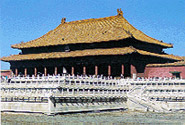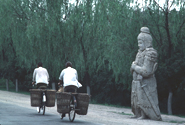
Online Consultation |
||
|---|---|---|
| Manager:Jenny Zhang |
||
Information |
||
| Flight Information Train Timetable Hotel Information Timetable Busses Wuyishan Tourist Map |
||
|
|||||
| New Extensions | |||||
In 2004 t he Committee approved extensions for the following Chinese sites. Keep an eye out for the new sites as a result of the July 2005 committee.
|
|||||
About Us | Korean | Contact Us | Last Modify date:
Copyright:2006-2014 Wuyishan China International Travel Service All Rights Reserved(ÃöICP±¸11007726ºÅ-1)

